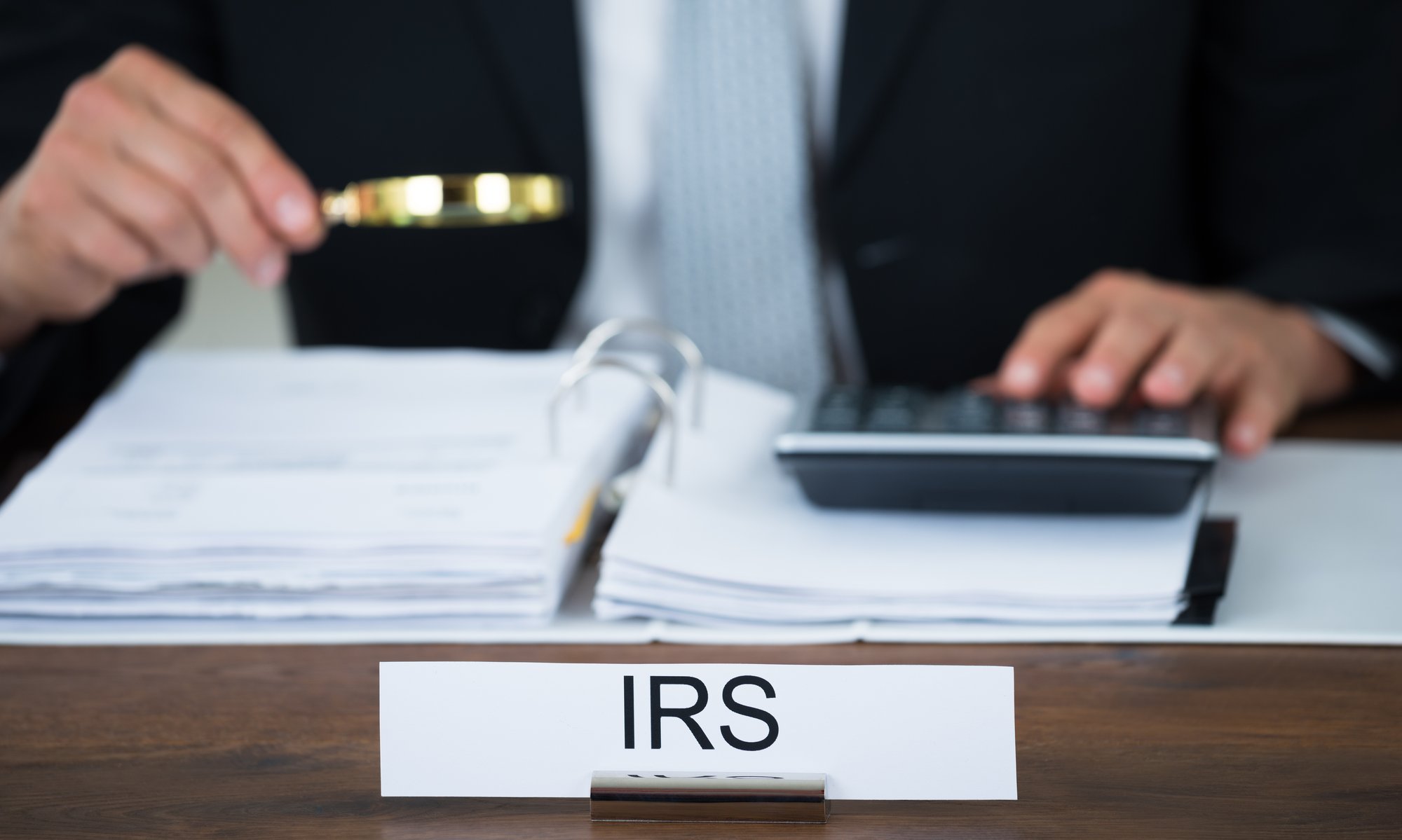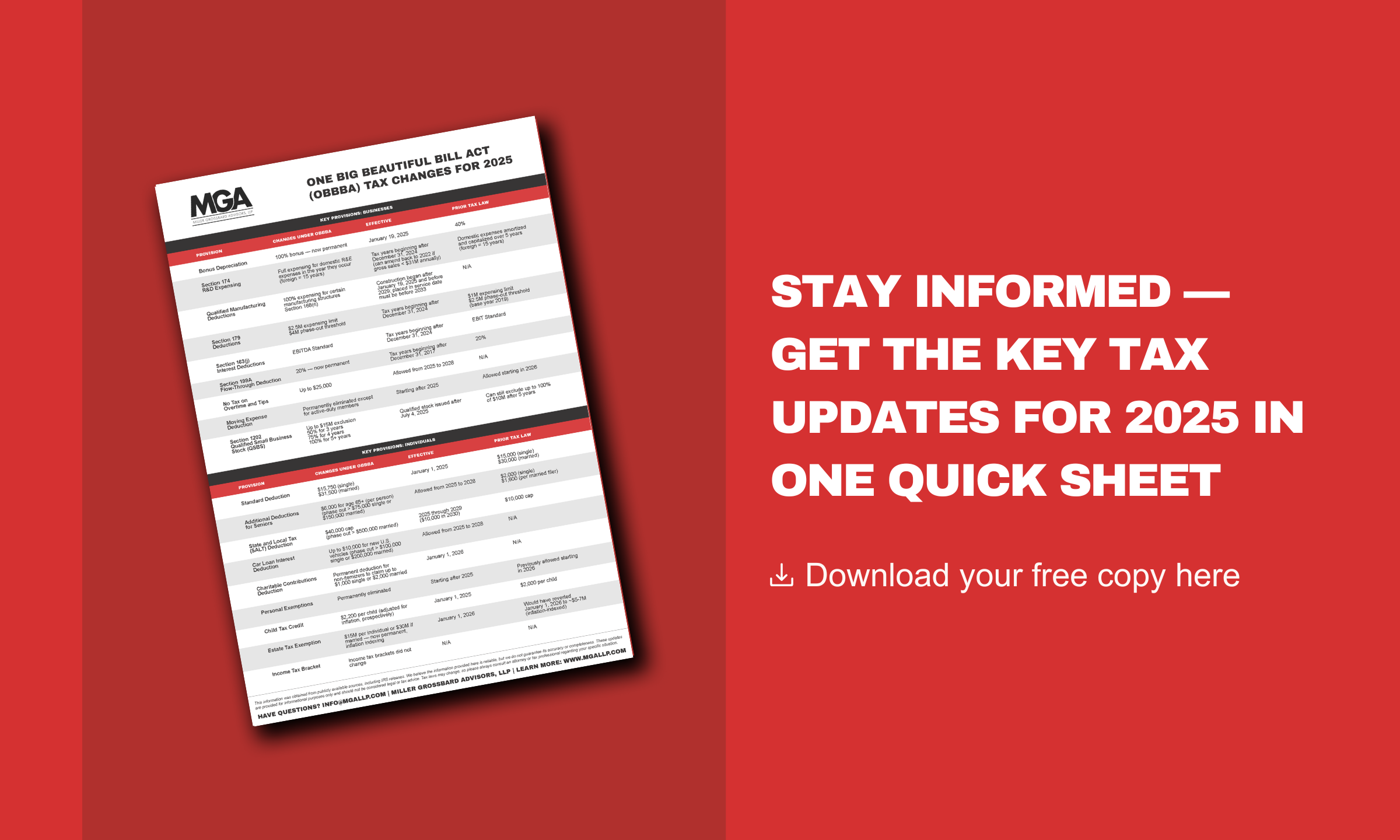Earlier this year, we published a blog post regarding the Centralized Partnership Audit Rule (CPAR) which went into effect as of January 1, 2018. These new rules were amended in August 2018, and we want to make sure you are aware of the updated regulations and how they may affect your business.
The CPAR will ultimately make it easier for the IRS to audit a partnership by shifting the partnership audit workload to the taxpayer.
What Does This New Rule Mean for You?
This rule allows the IRS to audit and assess taxes at the partnership level, not at the individual partner’s level. The partnership must pay an imputed underpayment at the highest tax rate in effect for the reviewed year unless you elect out. This rule applies to all entities that file partnership tax returns. It does not apply to S corporations.
To avoid any additional interest and penalty, you must pay the imputed underpayment within ten days of receiving the IRS notice and demand. Additionally, taxpayers are not allowed to amend their tax returns to correct any errors unless they make an election out of the CPAR. Taxpayers without an election out will need to submit an Administrative Adjustment Request (AAR) to correct any partnership items rather than filing an amended return.
What If the Partnership Is Ceased or Terminated?
Partners on the last filed tax return are still on the hook.
3 Ways to Avoid Tax Assessment at the Partnership Level
- Election Out
Once you make an annual election on a timely filed partnership return for the taxable year, the IRS cannot audit you at the partnership level for the year you make the election. It is critical to keep proof of your filing extension as the extension and the election are not valid unless you can prove that you filed it on time. If you have more than 100 partners or partners that are partnerships, IRAs, nominees, disregarded entities, trusts, and/or estates other than for deceased partners, you cannot make an election out.
If you are not eligible to make an election out, please take a look at options two and three listed below, which are still available options. Partnerships that make an election out are eligible to amend their tax returns to correct any errors on partnership items.
- Amend Out or Pull In
If you did not or could not elect out for the reviewed year and the IRS audit results in taxes due, you can avoid the imputed underpayment at the highest rate by having all partners of the reviewed year amend their tax returns to reflect the changes and pay the taxes due personally. Alternatively, the partnership can submit all the information required for an amended return and have reviewed year partners pay the taxes that would have been due with the amended return. Amend out or pull in does not require the participation of all partners unless the IRS adjustment involves reallocation between partners.
- Push Out Election
A partnership can shift the liability of imputed underpayment to its reviewed year partners by making a “push out” election within 45 days of the final adjustment notice date. The partnership does not need to ensure compliance by partners, and individual partners are liable for their share of additional tax, interest, and penalties which they should report as “additional reporting year tax” on the tax return of the year the statement was furnished. The partnership must furnish a “push out statement” to each reviewed year partner no later than 60 days after the final adjustment notice date and file it with the IRS.
Please note that the new partnership audit rule requires partnerships to elect a partnership representative (PR) to replace the current tax matters partner. The partnership representative does not need to be a partner, and you can elect a new one every year. What happens if you don’t choose a partnership representative? The IRS will designate one for you. Please note that you are now required to put the PR’s name, tax identification number, address, and phone number on the new Form 1065.
If you do not want to be on the hook for the tax liabilities of the prior year partners, or if you do not want the PR to have more power than you want, then you MUST revise your partnership/operating agreements to incorporate the new centralized partnership audit regulations. Please consult your attorney regarding the required revisions.

As always, your team at MGA is here to walk with you through all the new tax law changes. Please don’t hesitate to reach out to us if you have any questions or concerns about these new regulations.
We are here to make the complex simple.
.png?width=191&name=mgalogofinal-01%20(3).png)





